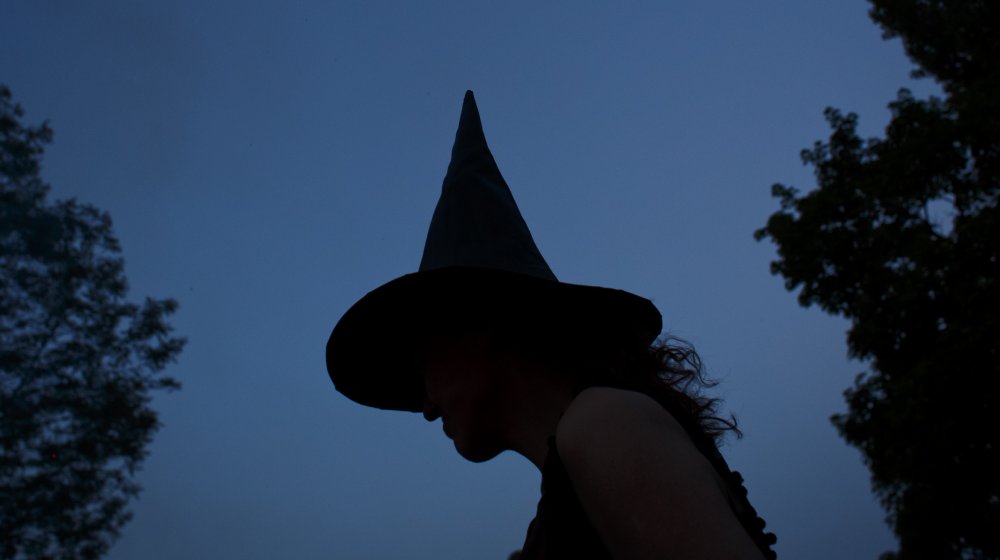The Real Reason So Many Women Have Been Accused Of Being Witches
Historically speaking, it's never been easy to convince Catholics and Protestants to agree on things. However, in the late 1400s, a book was published that would lead to an interfaith book club, of sorts. While an intuitive first choice of reading material would have been, you know, the Bible, there was a new publication that had captured hearts and imaginations across the theological aisle: Malleus Maleficarum, or "The Hammer of Witches."
First published in Germany in 1486, according to the online edition's introduction, the book was the brainchild of Catholic clergyman and pronounced witch-hammering enthusiast Heinrich Kramer. As described by Hans Broedel's The Malleus Maleficarum and the Construction of Witchcraft: Theology and Popular Belief, Kramer had run into some problems with the church higher-ups, stemming largely from his strong feelings on the subject of women, especially women involved in treacherous actions such as "not going to Heinrich Kramer's sermons" and "not liking Heinrich Kramer." After an investigation into an alleged witch ended with Kramer asking enough questions about the accused's sex life that even 15th century inquisitors went "whoa," he was ousted from his diocese by the bishop. Retreating to Cologne, he started work on his treatise, presumably muttering "I'll show them who's a witch" under his breath the whole time. In German, of course.
And that's how we got The Wizard of Oz
The result was Malleus Maleficarum, and according to History, it spent the next century as the second best selling book in Europe, next to the Bible.
In it, Kramer detailed the dangers of sorcery and the Catholic Church's recent papal bull "confirming" the existence of witches. He went on to determine that logically, since the Devil was real, witches must also be real, and that society needed a way to effectively root them out and prosecute them to the fullest extent of the bonfire. Kramer also made a point of explaining why women were more susceptible to the wiles of the Great Desolate One. The ladies, he argued, were members of a weaker, more vulnerable, and more carnal gender. It only made sense that they would be tricked or seduced more easily. While accounts of men involved in witchcraft were given, women took the brunt of the rhetorical abuse.
As a direct result of these writings, the capture, torture, and execution of accused witches went from being an act of desperate fanaticism to a cultural heritage, which would go on to become infamously embodied in the horrific murders of the Salem Witch Trials. Britannica estimates that between 40,000 and 60,000 people were subjected to witch hunts, and executed as witches, between the 16th and 18th centuries, and that the vast majority of were them female.

